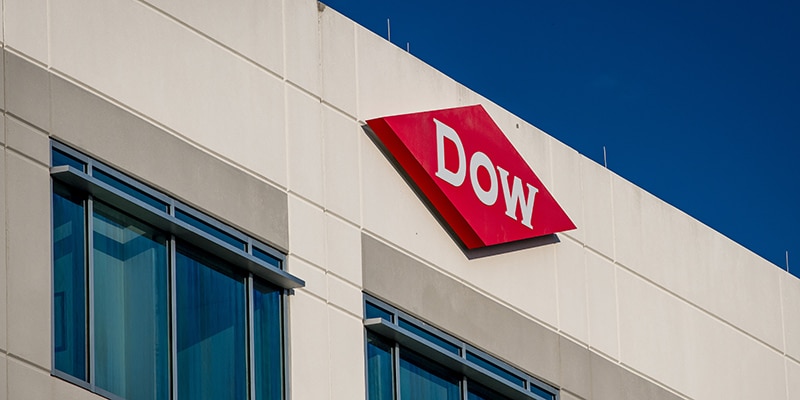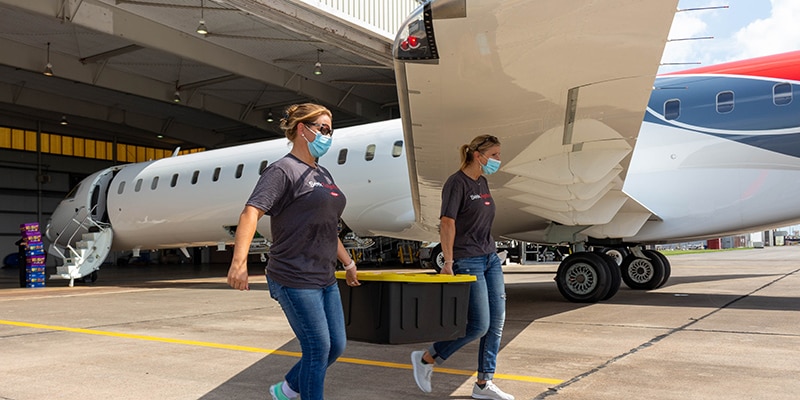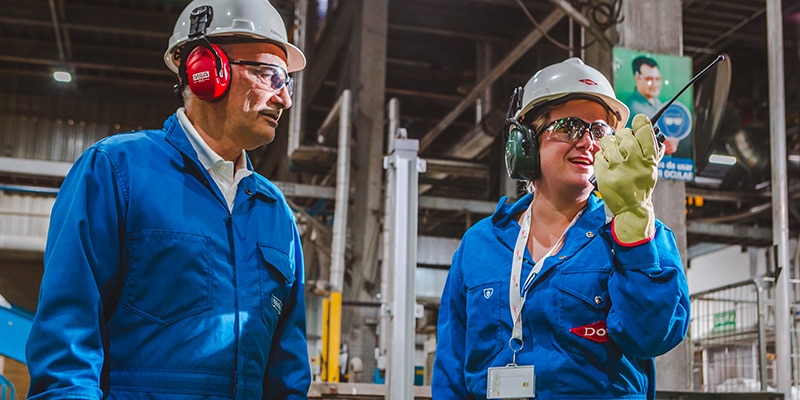The term "dioxin" is commonly used to refer to a family of chemicals that share chemical structures and characteristics. Polychlorinated dibenzo dioxins (PCDDs) and polychlorinated dibenzo furans (PCDFs) are trace unwanted by-products of industrial and natural processes, often involving combustion. Non-industrial sources include backyard burning of household waste, and forest/brush fires. Of the 210 dioxin and furan compounds, 17 are the focus of regulatory action. For the purposes of this web site, the term "dioxin" includes both dioxins and furans.
Twelve of the polychlorinated biphenyls (PCBs) display a related chemical structure and share some of the biological properties of dioxins. PCBs were manufactured commercially until 1977. However, Dow did not commercially manufacture PCBs.
Dioxin in the Environment
Unless it is exposed to sunlight, dioxin decomposes very slowly in the environment. It is not fully understood how dioxins get into the food supply. For example, dioxin deposited on plants and in soil could be consumed by animals and aquatic organisms and may accumulate in their fatty tissue. People are exposed to dioxin through consumption of animal products such as meat, dairy and fish. Levels detected in humans and the environment peaked in the 1970s and have been declining ever since.
Emissions Reduction
According to the U.S. Environmental Protection Agency, dioxin and furan emissions to the environment in the U.S. have been reduced by approximately 90 percent between 1987 and 2000, the last year for which data exists. Globally, emissions also continue to decline. While it is important for industry to continue to strive for further reductions, other, more significant emission sources need to be addressed as well to have any meaningful overall reduction in the environment. Today, the uncontrolled burning of residential waste and accidental fires at landfills are estimated to be among the largest sources of dioxin and furan emissions around the world.
Appropriate Action
Dow supports the reduction of dioxin and furan emissions and actively promotes improvements and solutions across the chemical industry. Dow believes actions taken to lessen human exposure should be specific to a particular situation, and decisions should be based on science and risk principles and the realistic probability for exposure. We seek science- and risk-based solutions that protect human health, the environment, and contribute to the well-being of local communities.





